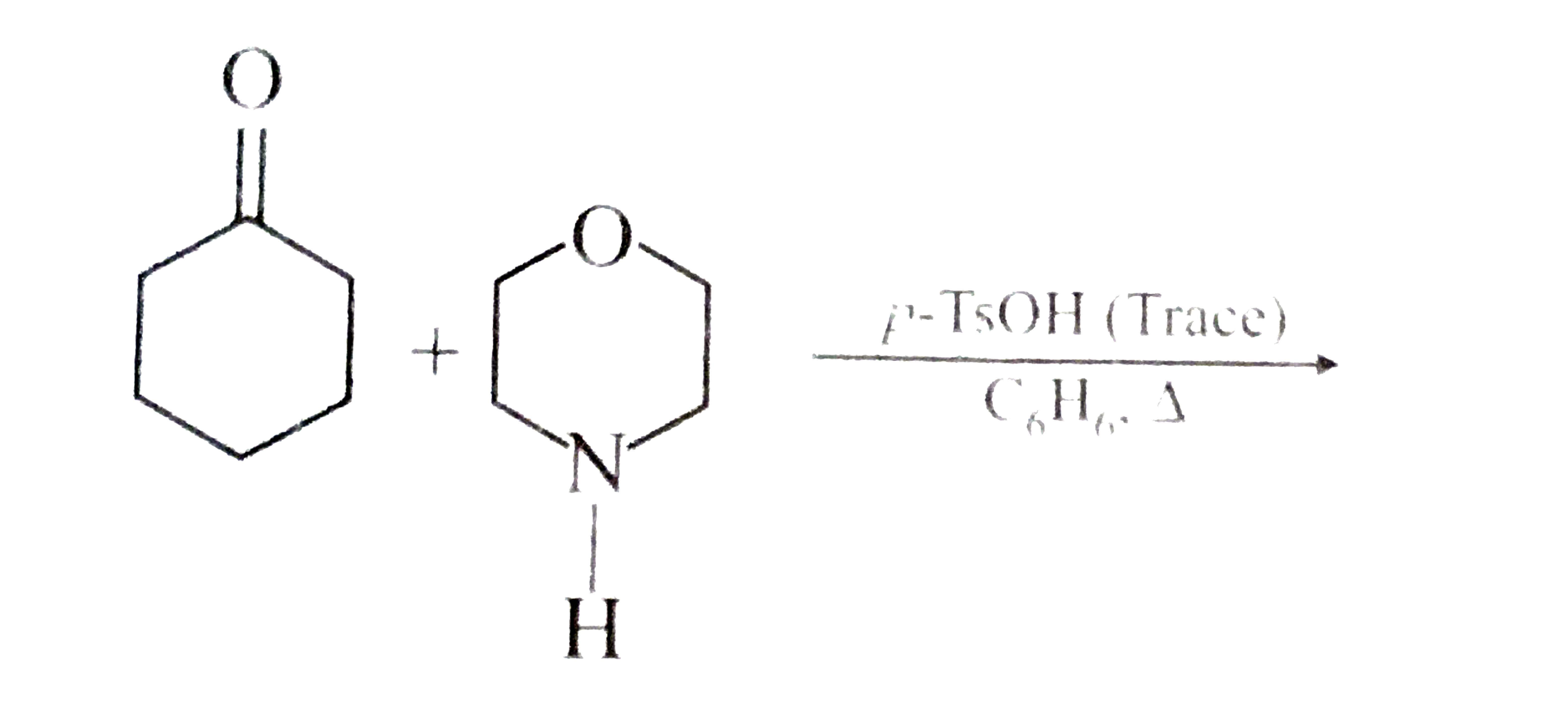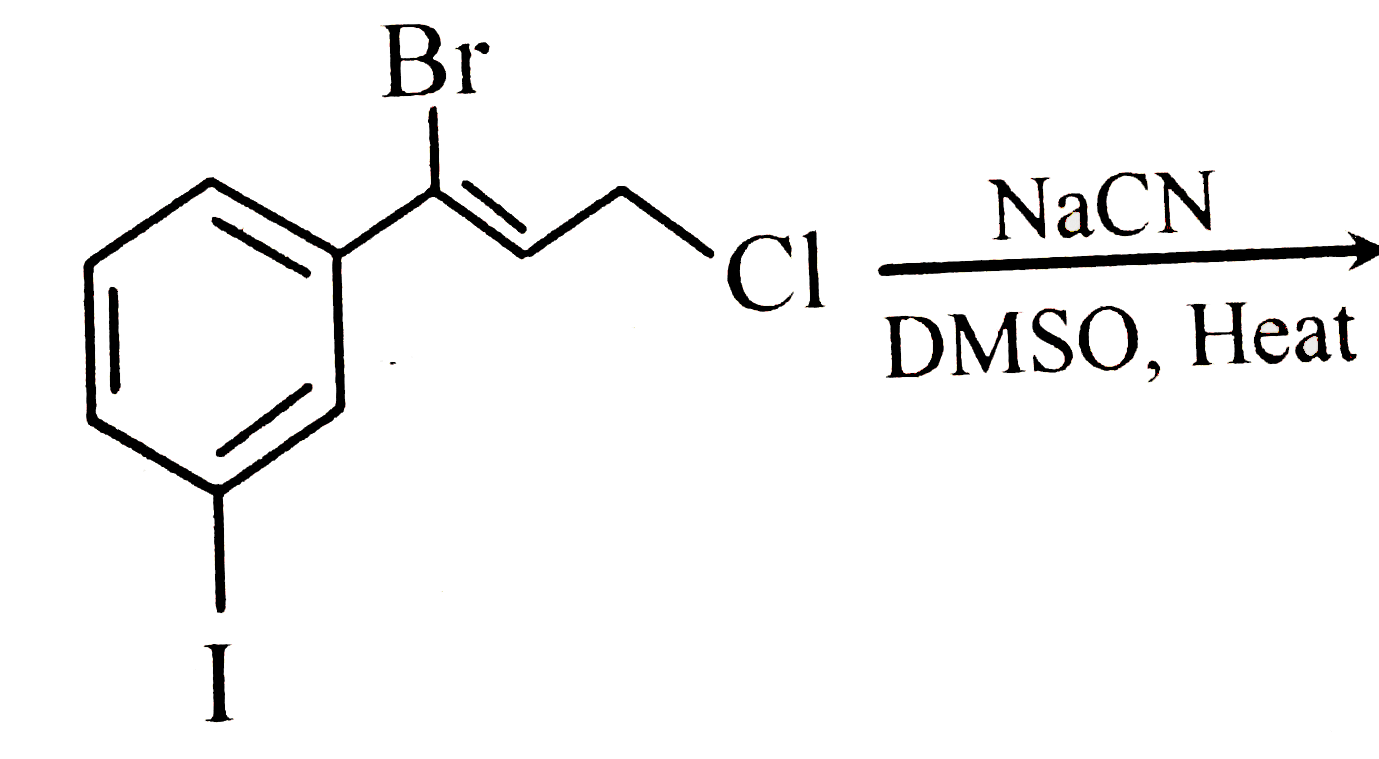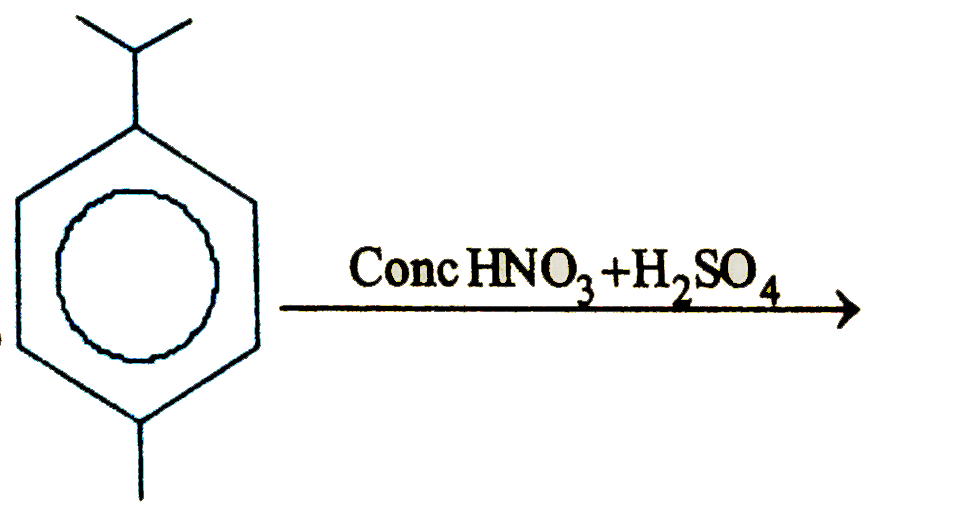The major product formed in dehydrohalogenation reaction of 2-bromopentane is pen-2-ene. This product formation is based on?
Hofmann Rule
Huckel's Rule
Saytzeff's Rule
Hund's Rule
To determine the major product formed in the dehydrohalogenation reaction of 2-bromopentane, we will follow these steps:
Step 1: Identify the structure of 2-bromopentane
2-bromopentane has the following structure:
CH3−CH−CH2−CH2−CH3∣Br
This indicates that bromine (Br) is attached to the second carbon of a five-carbon chain (pentane).
Step 2: Understand the dehydrohalogenation reaction
Dehydrohalogenation involves the elimination of a hydrogen halide (HBr in this case) from the alkyl halide. This results in the formation of a double bond in the carbon chain.
Step 3: Identify possible elimination pathways
In the case of 2-bromopentane, two hydrogen atoms can be eliminated:
1. Elimination of the hydrogen from the carbon adjacent to the bromine (C-2) and the bromine itself.
2. Elimination of the hydrogen from the carbon at the end of the chain (C-3) along with the bromine.
Step 4: Draw the possible products
1. If we eliminate the hydrogen from C-2:
- The product will be pent-2-ene:
CH3−CH=CH−CH2−CH3
2. If we eliminate the hydrogen from C-3:
- The product will be pent-1-ene:
CH2=CH−CH2−CH2−CH3
Step 5: Determine the major product based on stability
According to Zaitsev's rule (also known as Saytzeff's rule), the more substituted alkene will be the major product. In this case, pent-2-ene is more substituted (it has a double bond between C-2 and C-3, with two alkyl groups attached to the double bond) compared to pent-1-ene (which has only one alkyl group attached to the double bond).
Conclusion
The major product formed in the dehydrohalogenation reaction of 2-bromopentane is pent-2-ene, based on Zaitsev's rule.
2-bromopentane has the following structure:
CH3−CH−CH2−CH2−CH3∣Br
This indicates that bromine (Br) is attached to the second carbon of a five-carbon chain (pentane).
Dehydrohalogenation involves the elimination of a hydrogen halide (HBr in this case) from the alkyl halide. This results in the formation of a double bond in the carbon chain.
In the case of 2-bromopentane, two hydrogen atoms can be eliminated:
1. Elimination of the hydrogen from the carbon adjacent to the bromine (C-2) and the bromine itself.
2. Elimination of the hydrogen from the carbon at the end of the chain (C-3) along with the bromine.
1. If we eliminate the hydrogen from C-2:
- The product will be pent-2-ene:
CH3−CH=CH−CH2−CH3
- The product will be pent-1-ene:
CH2=CH−CH2−CH2−CH3
According to Zaitsev's rule (also known as Saytzeff's rule), the more substituted alkene will be the major product. In this case, pent-2-ene is more substituted (it has a double bond between C-2 and C-3, with two alkyl groups attached to the double bond) compared to pent-1-ene (which has only one alkyl group attached to the double bond).
The major product formed in the dehydrohalogenation reaction of 2-bromopentane is pent-2-ene, based on Zaitsev's rule.
Topper's Solved these Questions
Similar Questions
Knowledge Check
The major product formed in the reaction
 A
A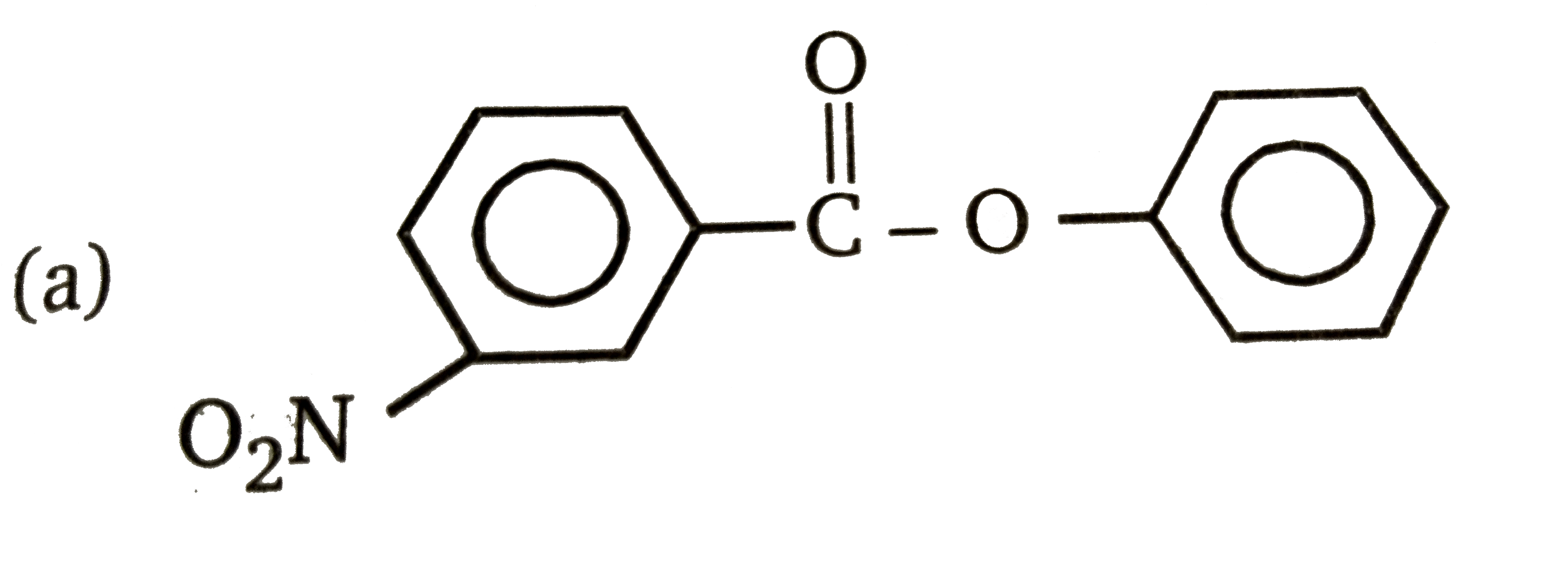 B
B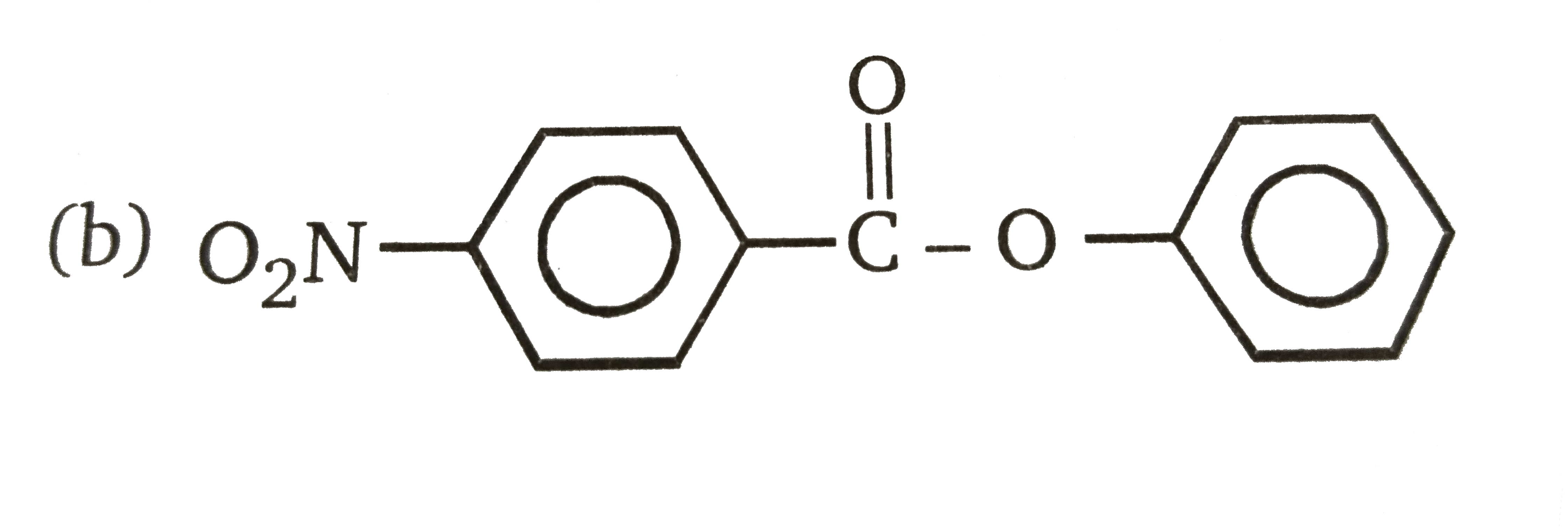 C
C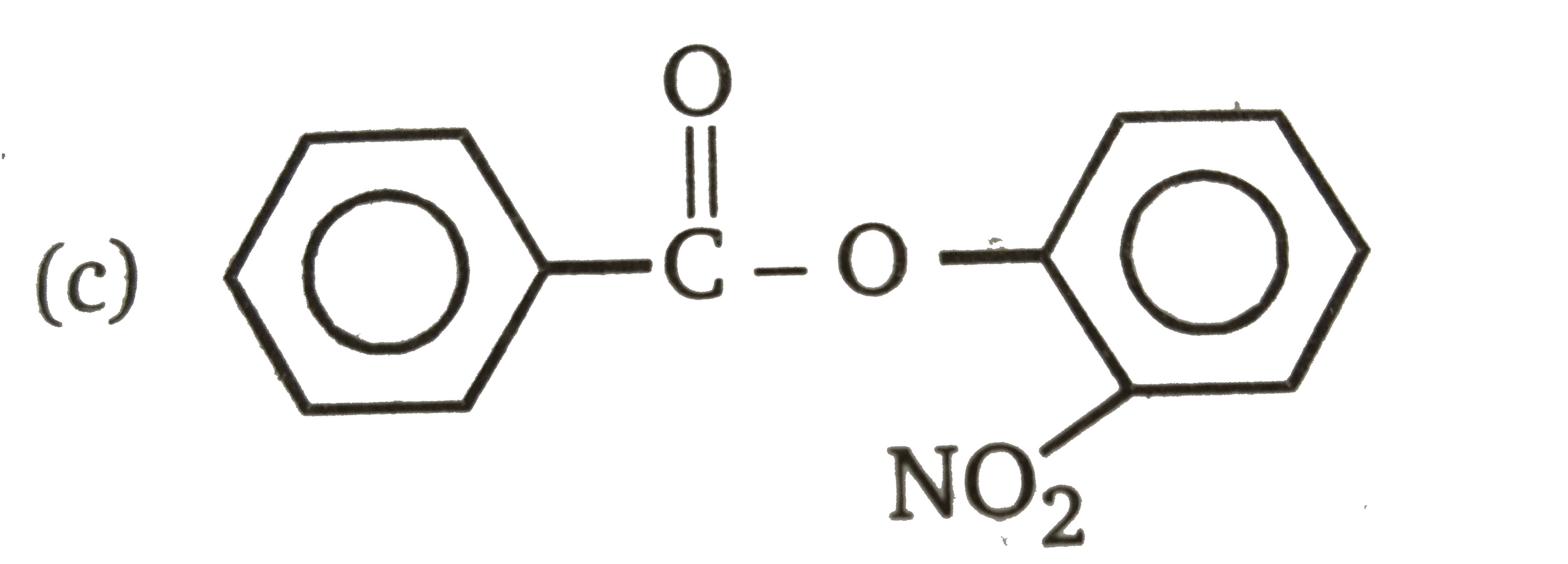 D
D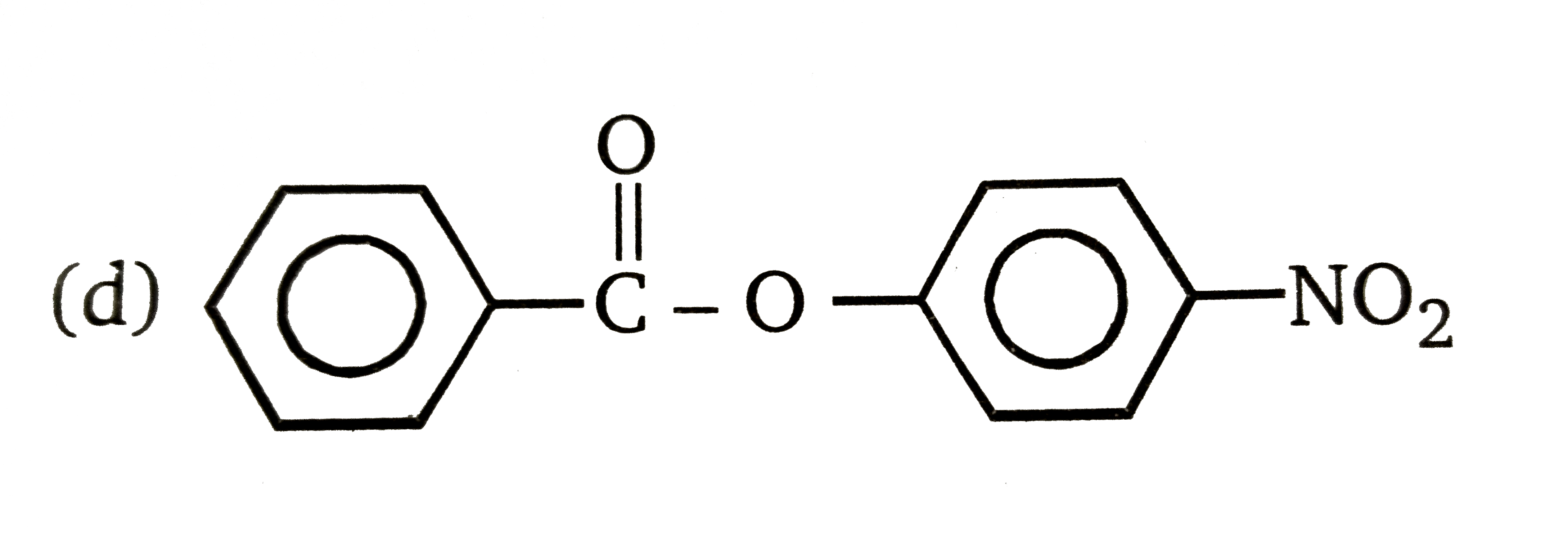
The major product formed in the reaction:
 A
A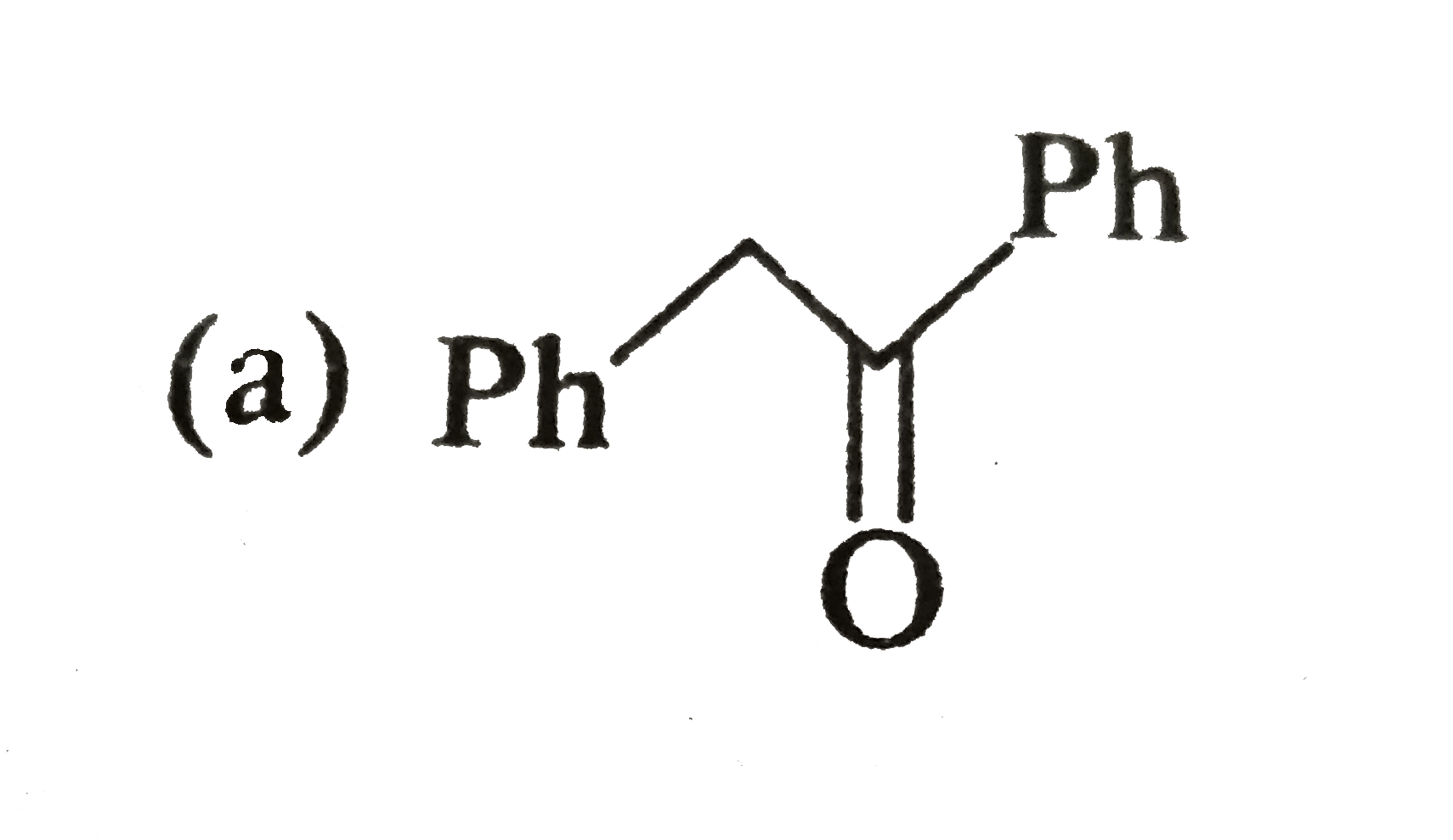 B
B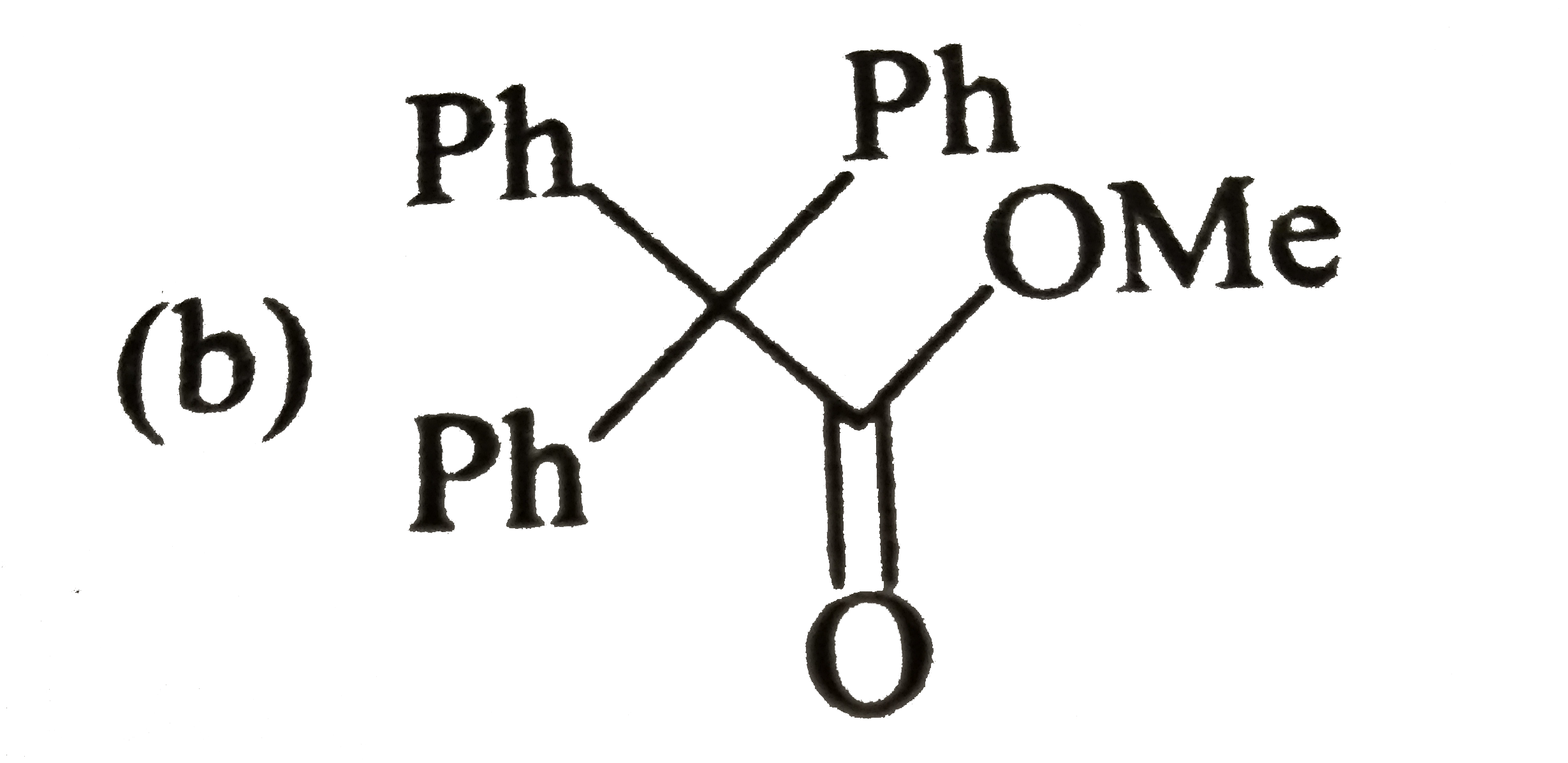 C
C D
D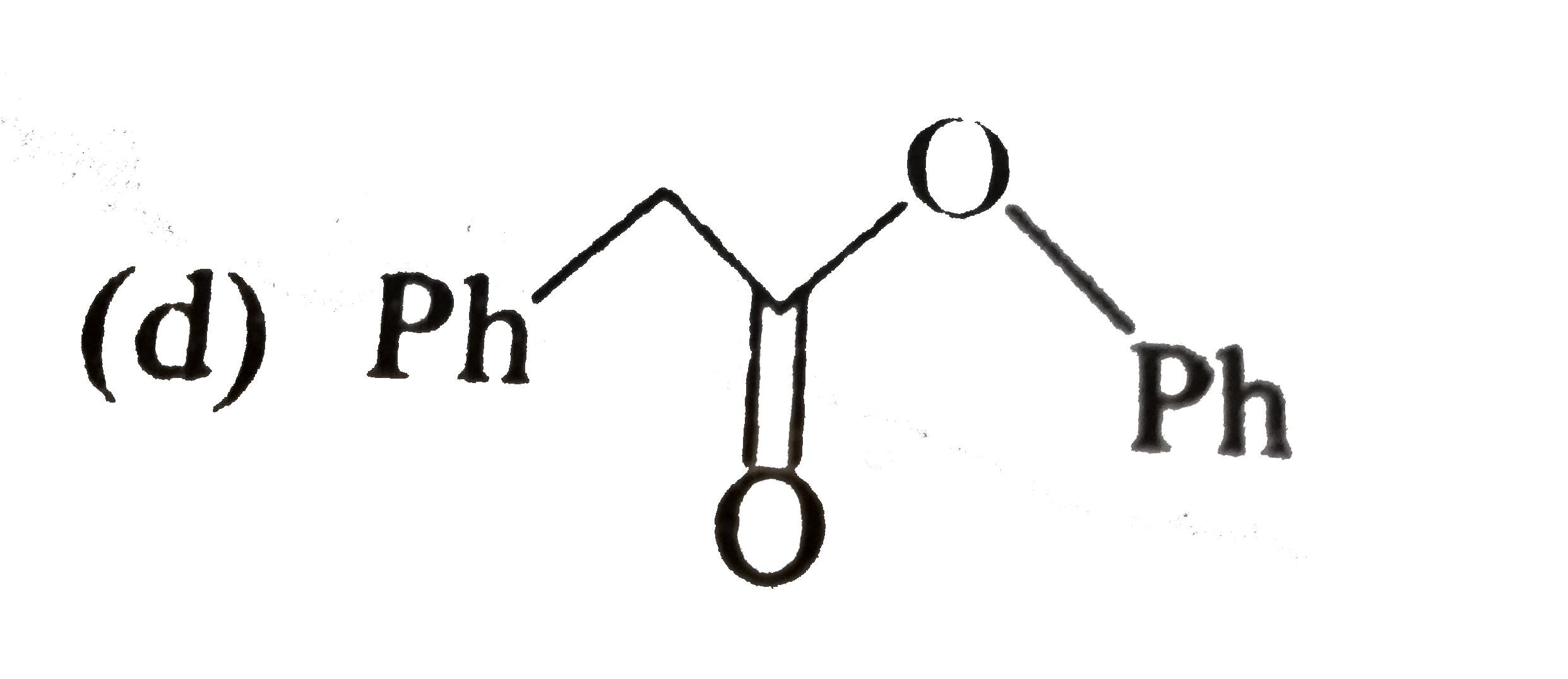
The major product formed in the reaction:
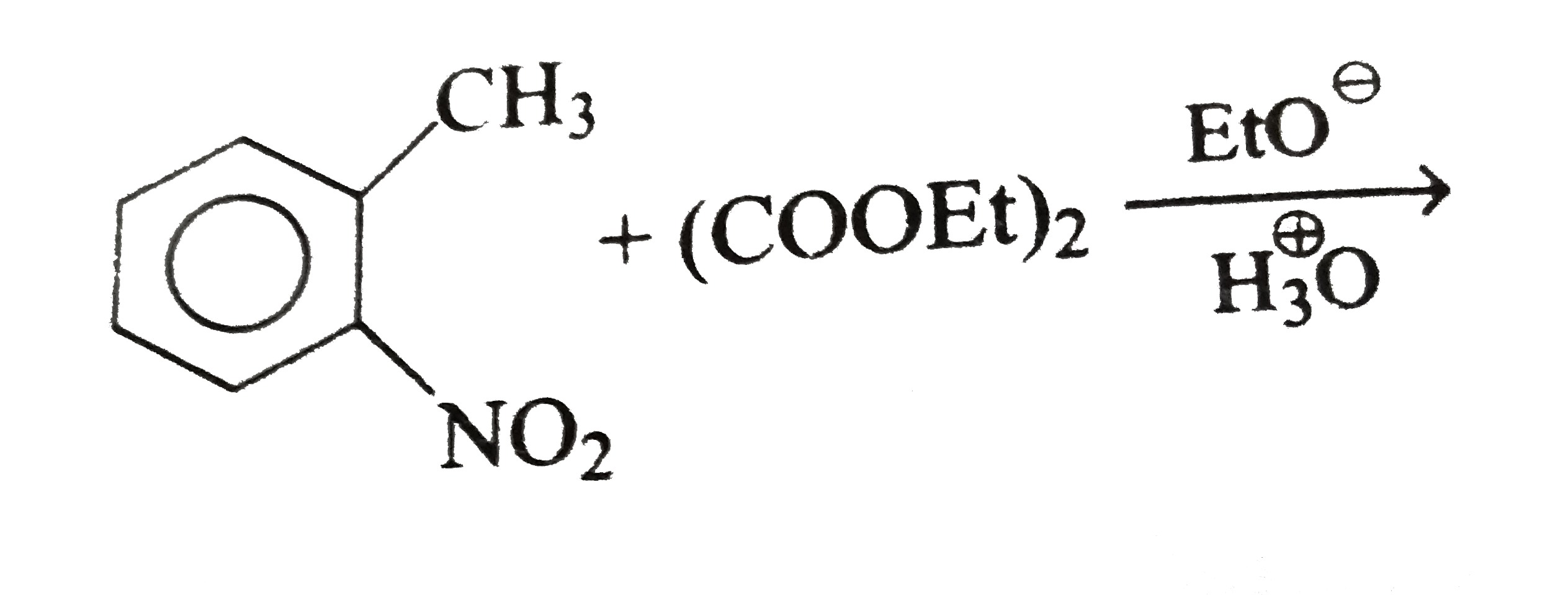 A
A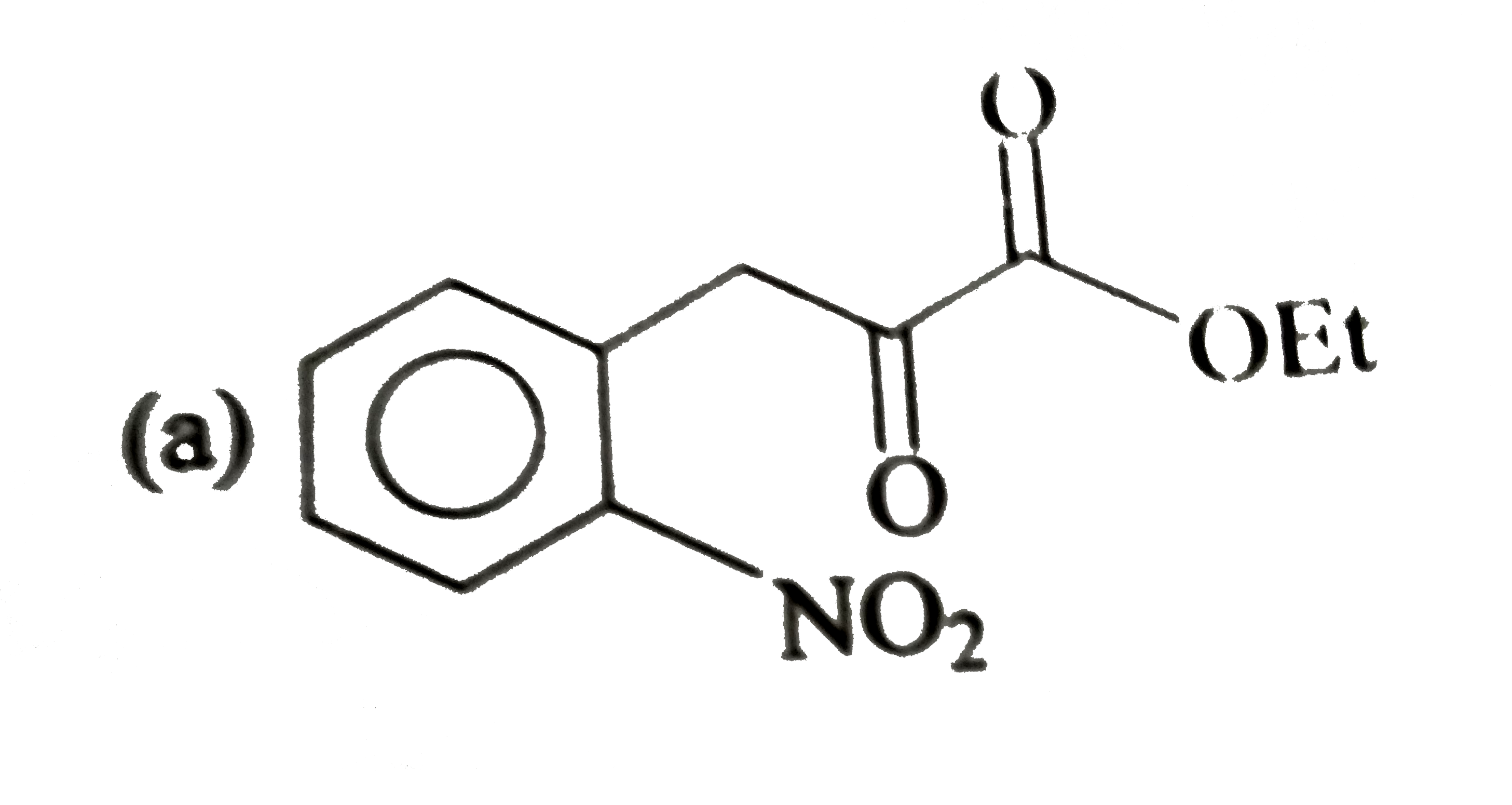 B
B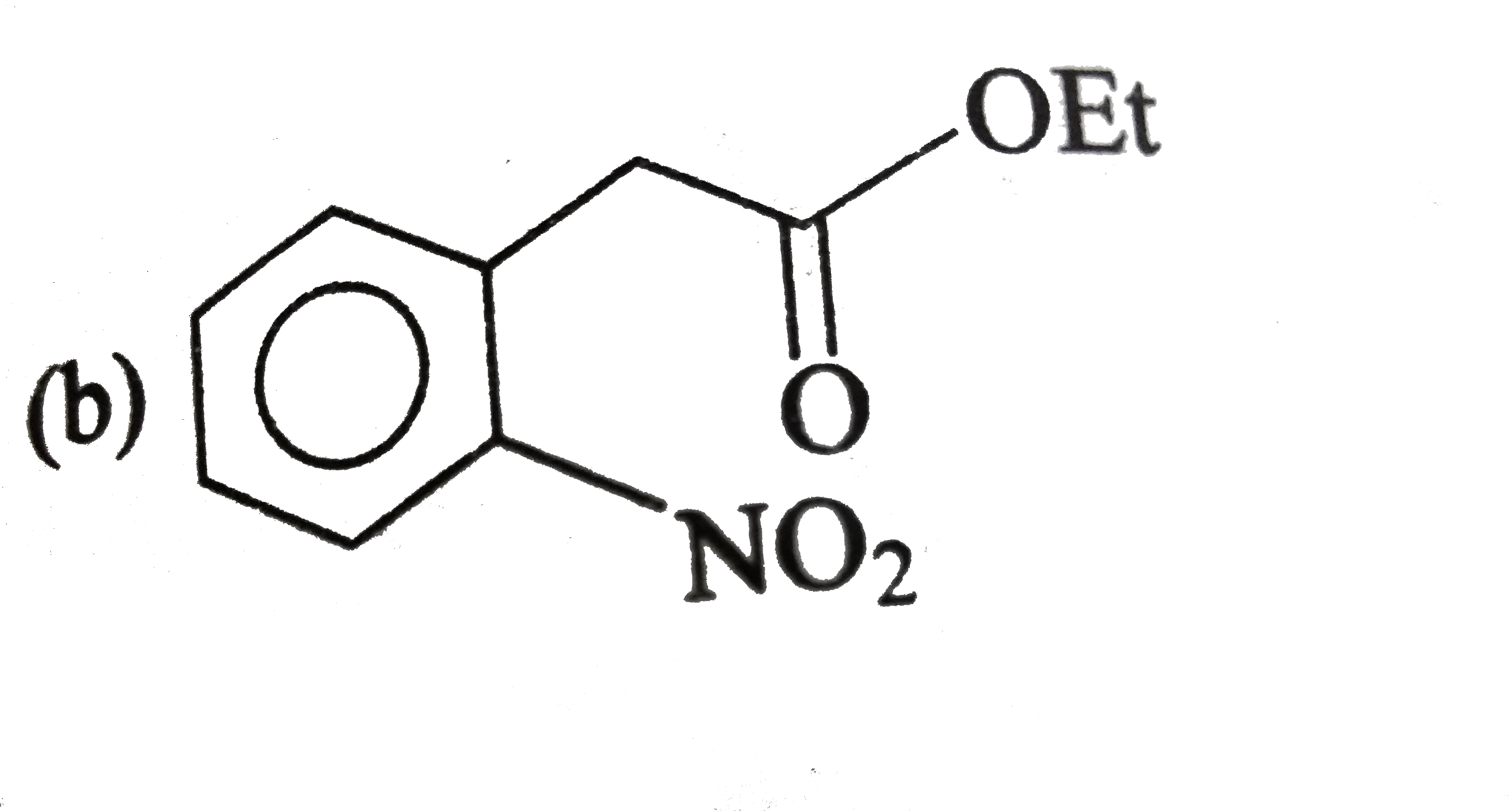 C
C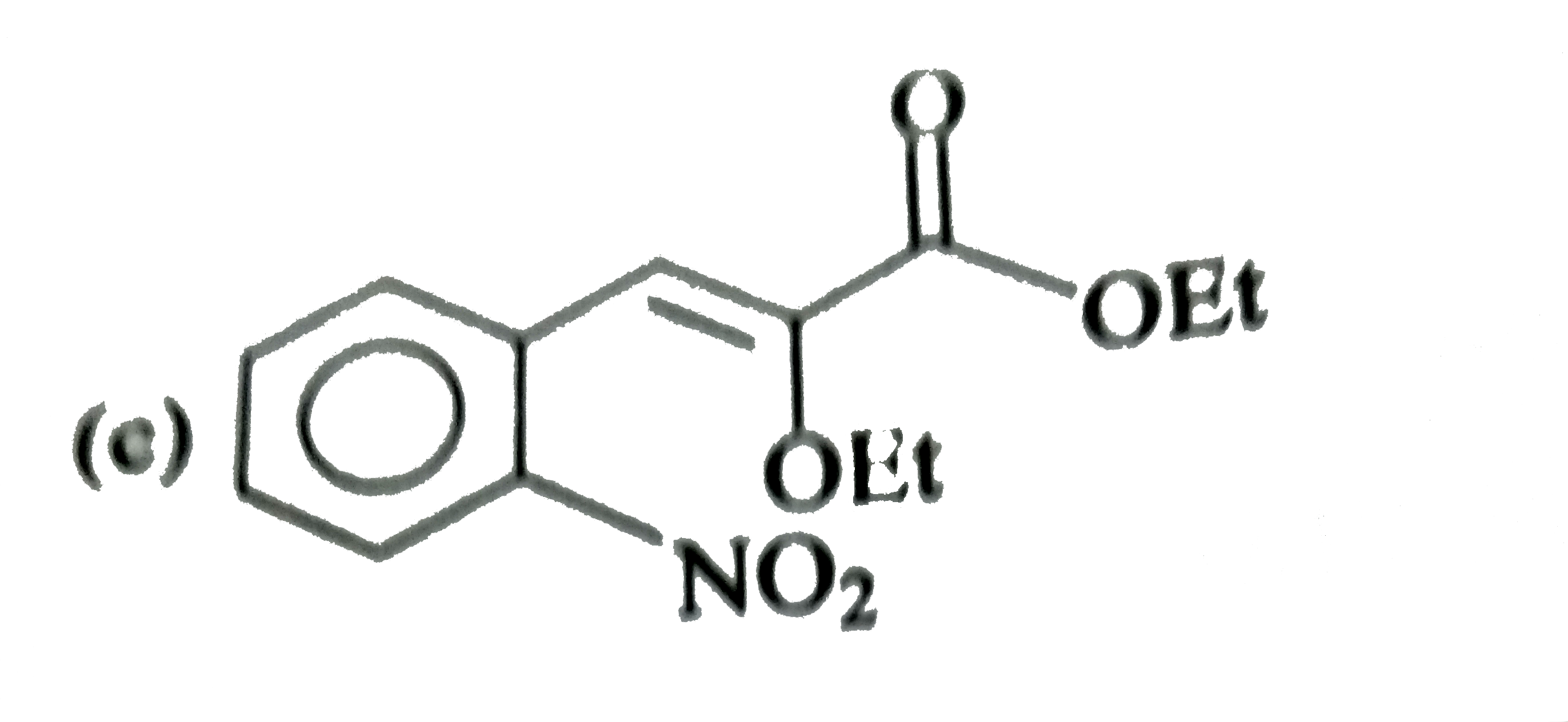 D
D

